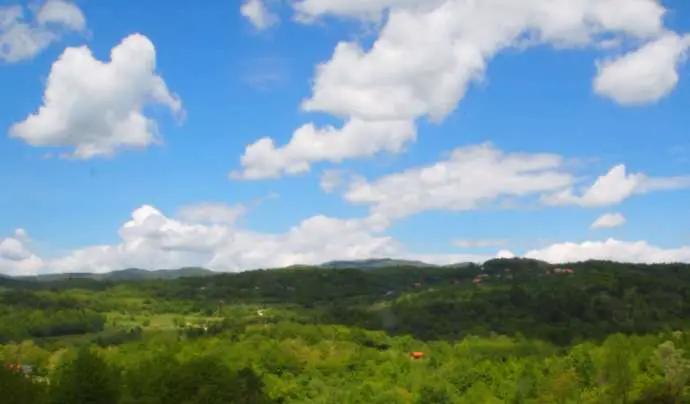STA, 27 May 219 - Animals and natural habitats in Slovenia are not doing very well, suggests a report by the Institute for Nature Conservation, calling for measures to protect the environment. The conservation status of more than half of species has been labelled as unfavourable, while almost a third of habitats are doing poorly.
The conservation status of less than a third of animal and plant species in Slovenia (30%) has been assessed as "favourable". More than half of them are in an unfavourable situation, of which 38% are in an "inadequate" state and 14% are in a "bad" state.
There is no sufficient data to assess the situation for 18% of species.
The situation is the most worrying for amphibians, butterflies and dragonflies, followed by beetles, fish, crabs, reptiles and bats.
The biggest threat to Slovenia's biodiversity is agriculture, urbanisation, industrialisation and human interfering with aquatic ecosystems.
The conservation status of some 38% of habitats has been found to be good, while for 30% of the habitat types it has been found to be "bad" and for some 32% as "insufficient".
Maritime, coastal and inshore habitats, rocks and screes and forests are doing well, while the most problematic areas are inland waters, grasslands, moors and marshes.
"Although Slovenia declares itself a green, wonderful country, our nature is not doing well," said Martina Kačičnik Jančar of the Institute for Nature Conservation, who presented the report in line with the EU habitats directive.
The institute also pointed to a recently published report of the Intergovernmental Science-Policy Platform on Biodiversity and Ecosystem Services (IPBES), which suggested that globally a million species face extinction.






